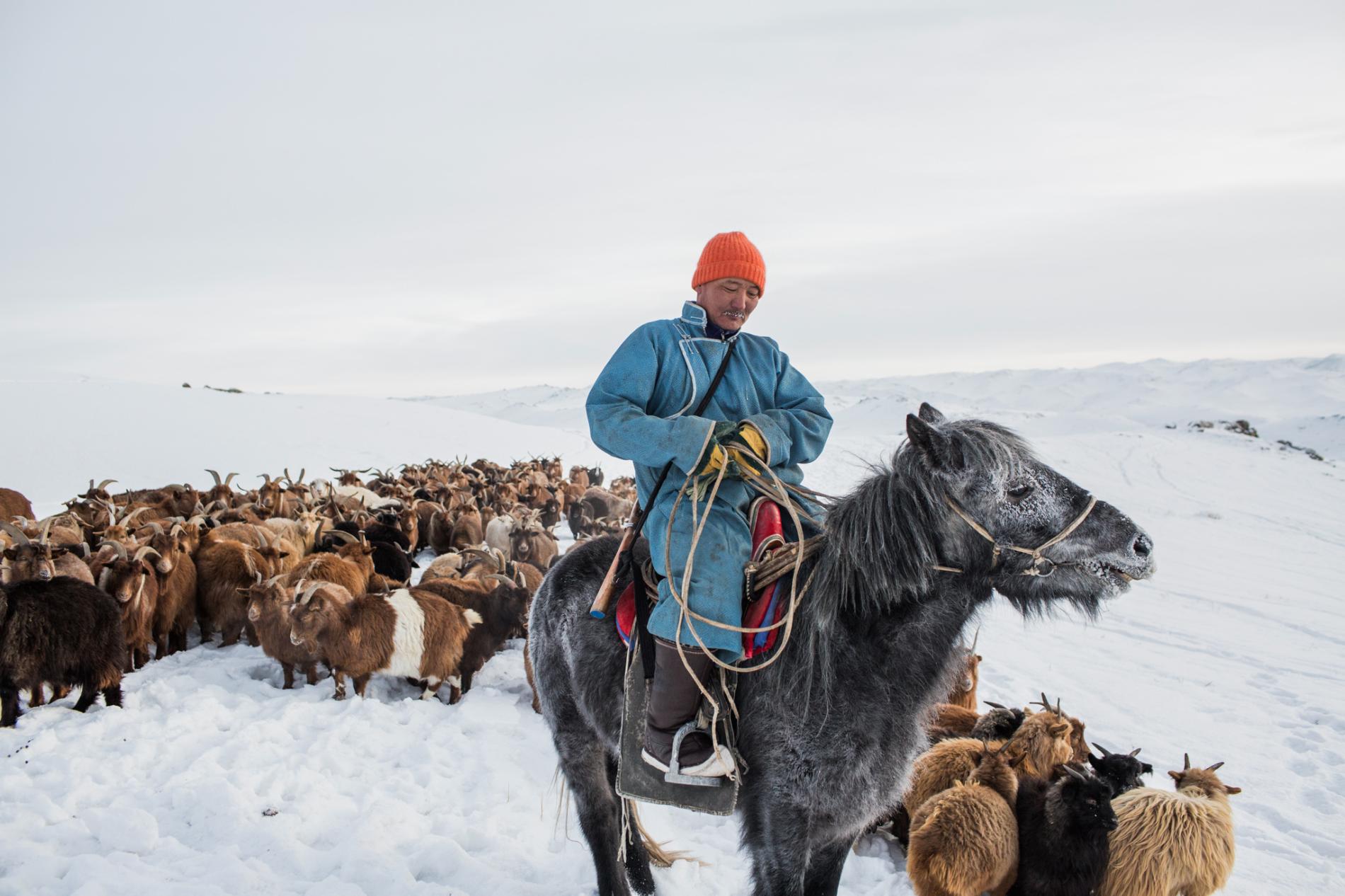Land of the Blue Sky
Leaving traffic-choked Ulaanbaatar, home to about half of Mongolia's three million people, feels like arriving on another planet.

On the outskirts of the country's largest city, residential buildings and factories quickly give way to a lunar-like wilderness that stretches to the horizon.
The Land of the Eternal Blue Sky, as Mongolia is often called, is cloudless for most of the year. But the sunshine can be deceiving. Much of Mongolia is harsh, consisting of vast grassy steppes with sparse trees and man-made structures that allow winds to whip across the surface.
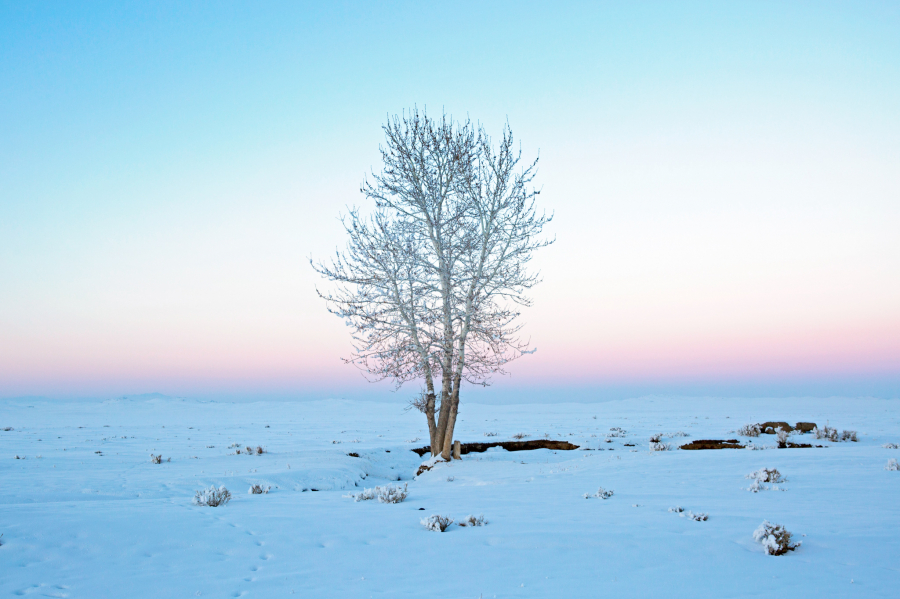
The weather is especially harsh in winter, when Siberian winds blow down from the north bringing extreme cold, causing temperatures to regularly drop below minus 40.oC.
Frozen in the ice
Located in Northern Mongolia, near the border with Russia, Lake Khövsgöl is the country's largest freshwater lake, spanning 2,620 km2and at its deepest point it is 233 m deep.
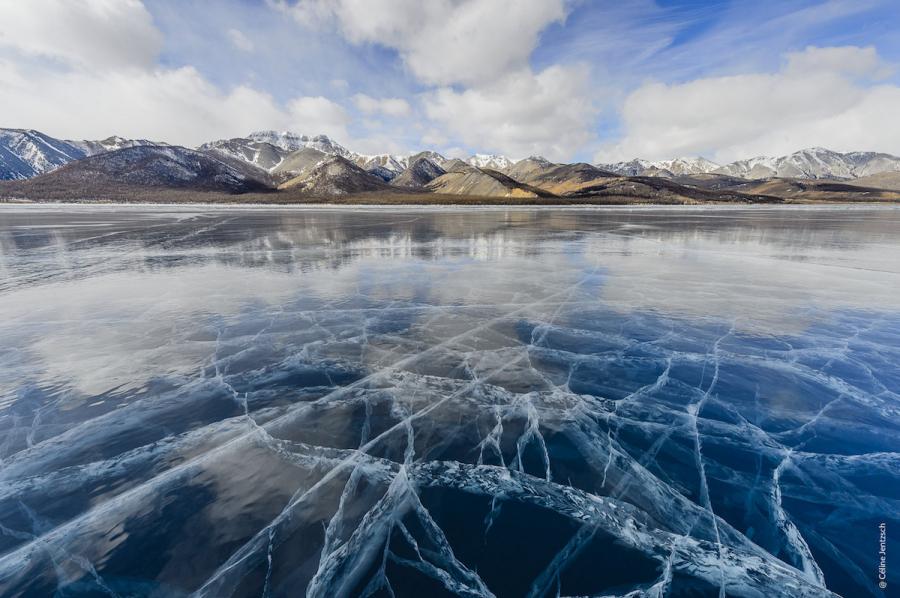


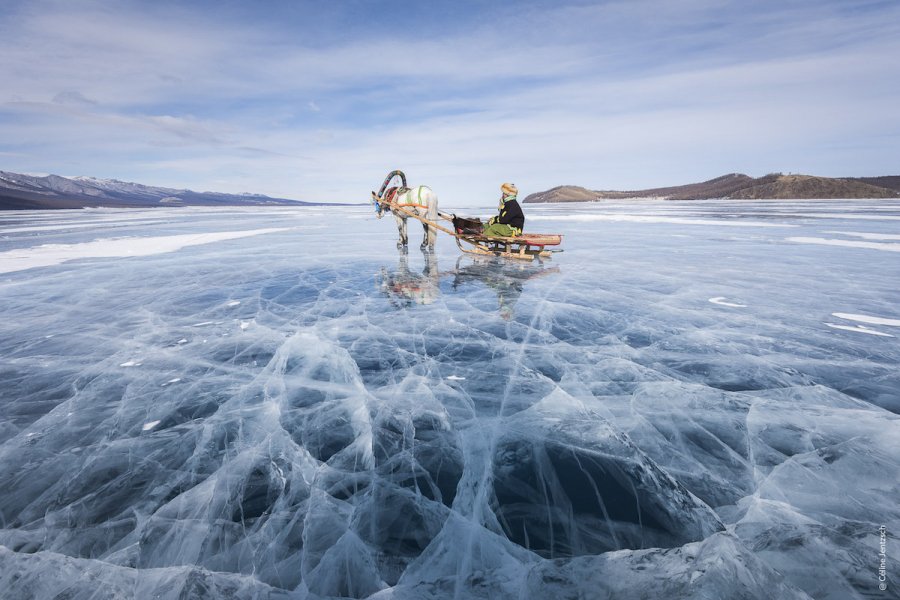

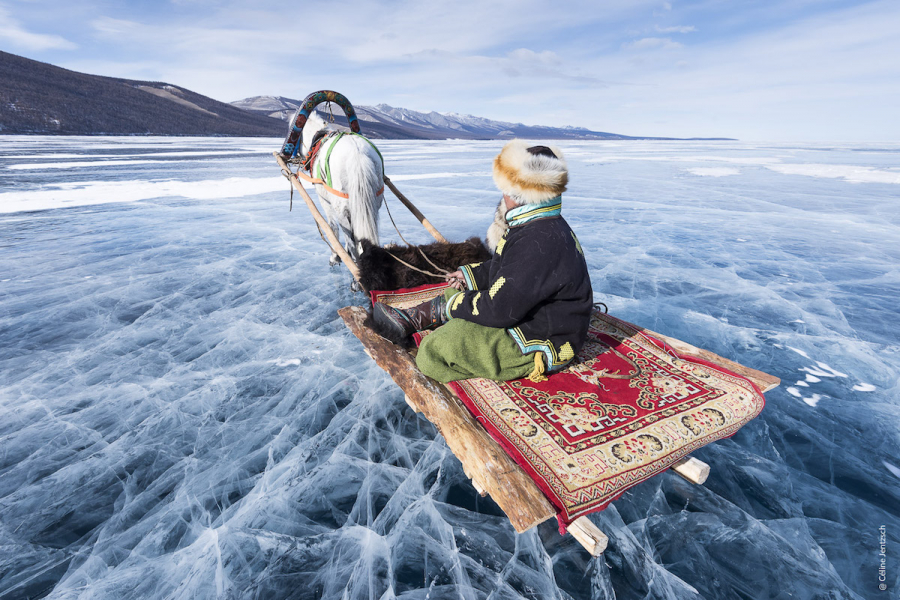
The crystal clear waters have earned the lake the nickname “the emerald of Mongolia.” For at least six months of the year, the lake is covered in ice several meters thick, enough to support people, livestock, and even vehicles.
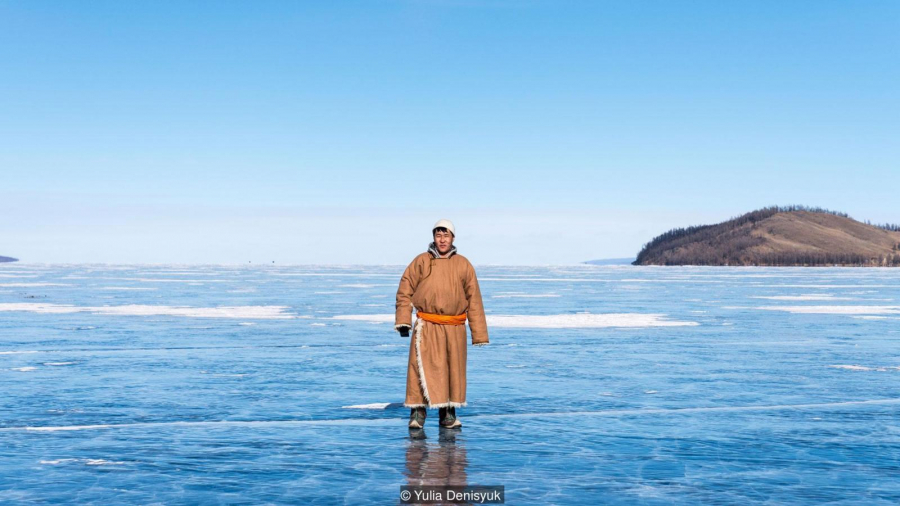
Before the start of each cold day, the residents of this area climb atop a sacred rock to pay homage to the lake god. Once the lake god Khövsgöl is satisfied, the water becomes safe for us to step into.
Breath of life
In the stillness of the morning, the air here is filled with popping and cracking sounds. The surface of Lake Khövsgöl looks as if it is frozen forever, but the ice is actually breathing, alive.

Melting on warm days, the ice sheet expands, creating cracks on the lake's surface, and then refreezes at dusk, forming complex, spiderweb-like crisscrossing cracks.
Ancient way of life
Mongolia is about the same size as Western Europe, but has 130 times less population, making it the world's least densely populated country.
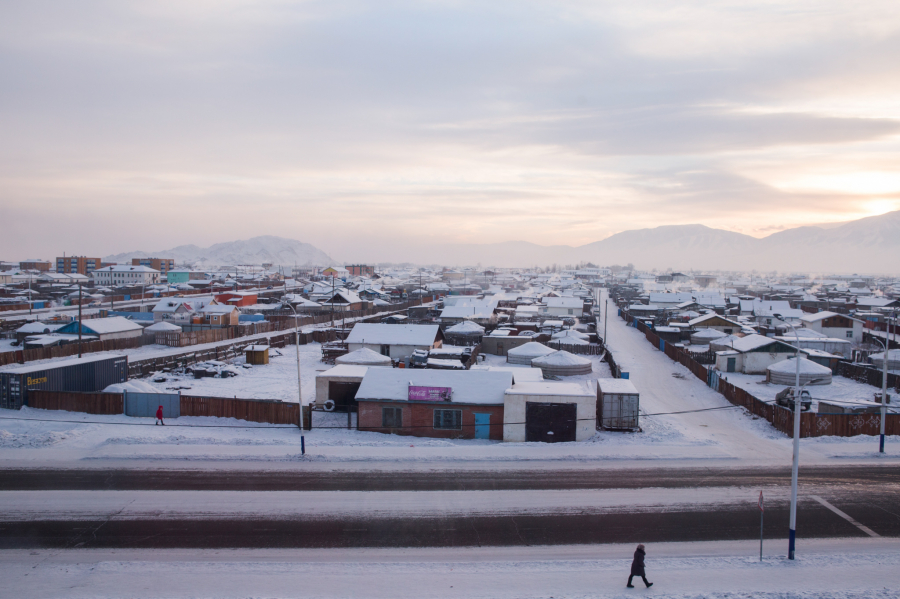
Life outside the urban areas remains largely the same as it was centuries ago, when wild horses roamed the endless steppes.

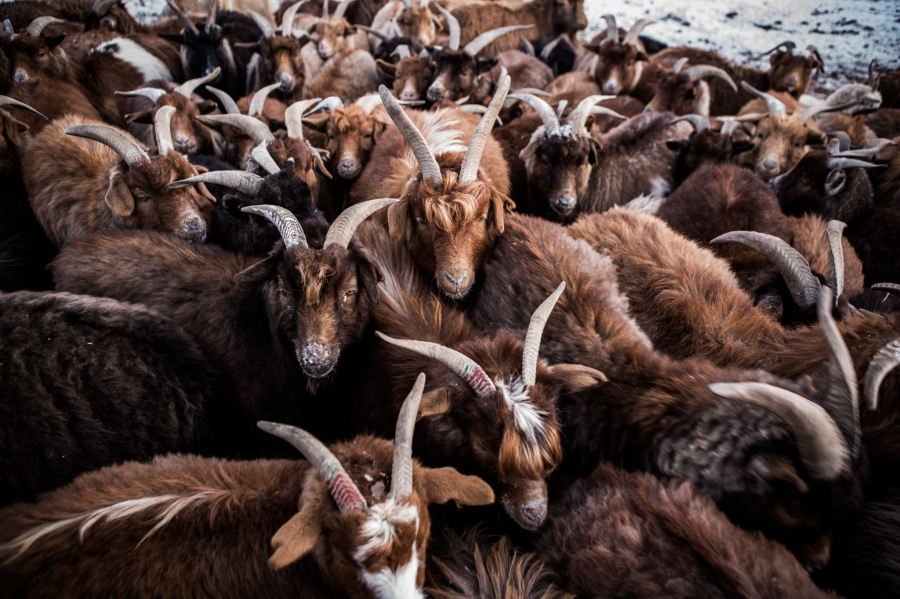
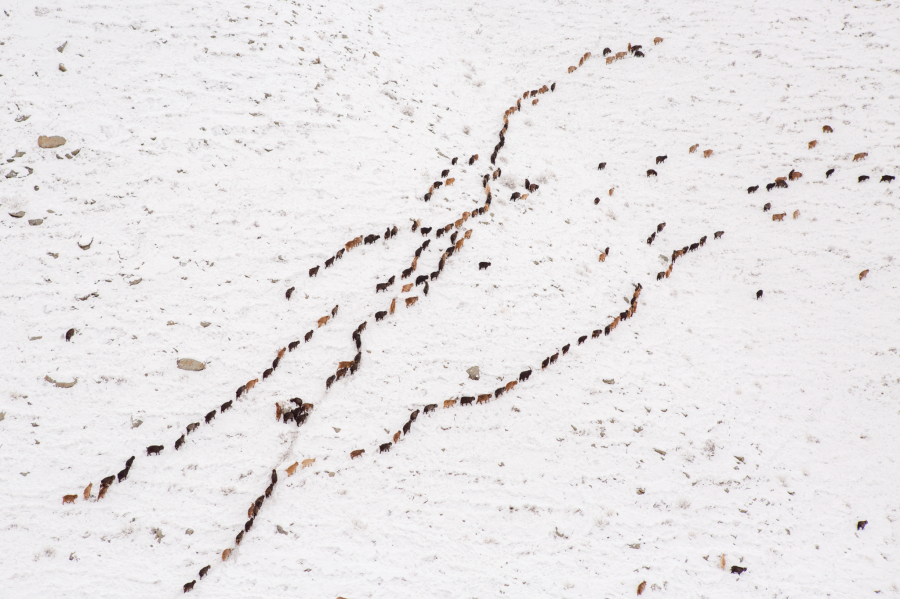
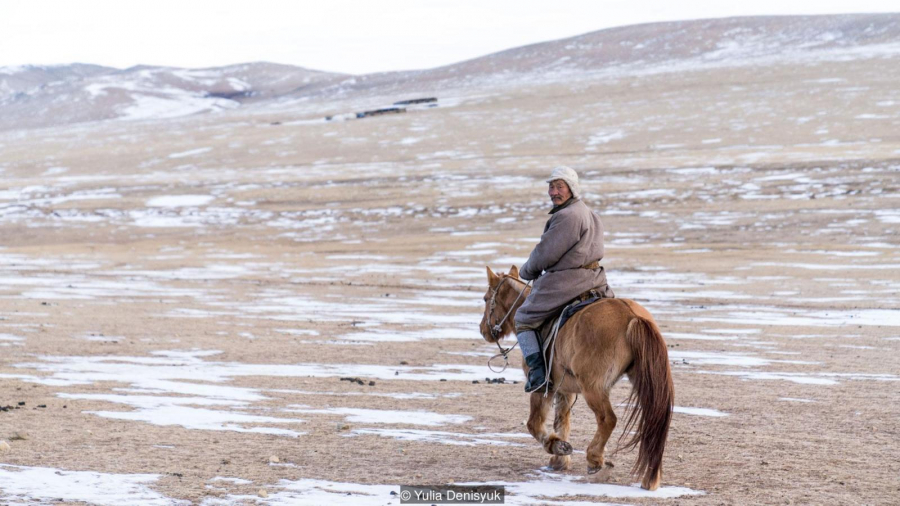
Rapidly expanding copper, coal, and precious metal mining industries have transformed the economy in recent decades, but agriculture and herding remain the foundation of Mongolian life. Families living on the steppe rely on livestock for food, transportation, and survival.
Extremely skillful
Many pastoralist families live a semi-nomadic life, driving their horses or reindeer to greener pastures while still living close to a village for medical care and other community needs.

Since the wind blew all winter, the shepherds sought to camp in a quiet spot in a valley or near a hill to escape the cold. They could hardly live such a nomadic life without a tent.ger, the mobile home of Mongolian nomads.
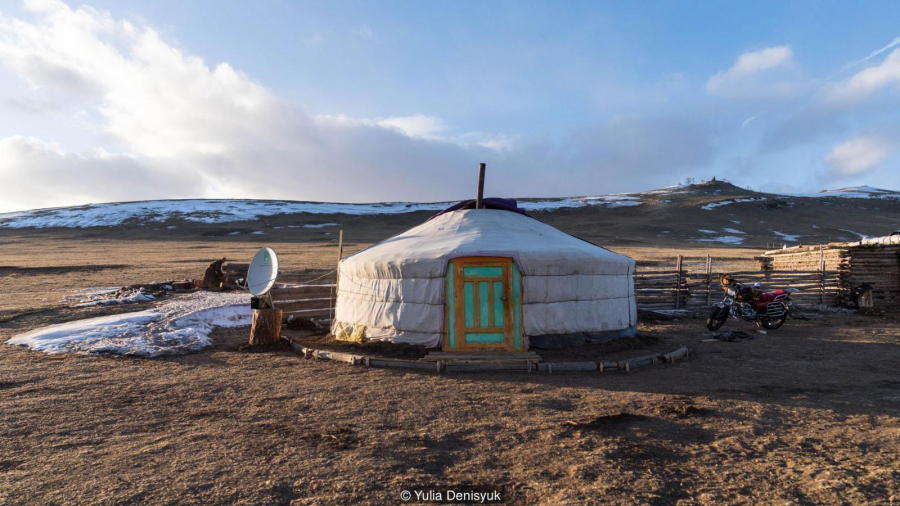
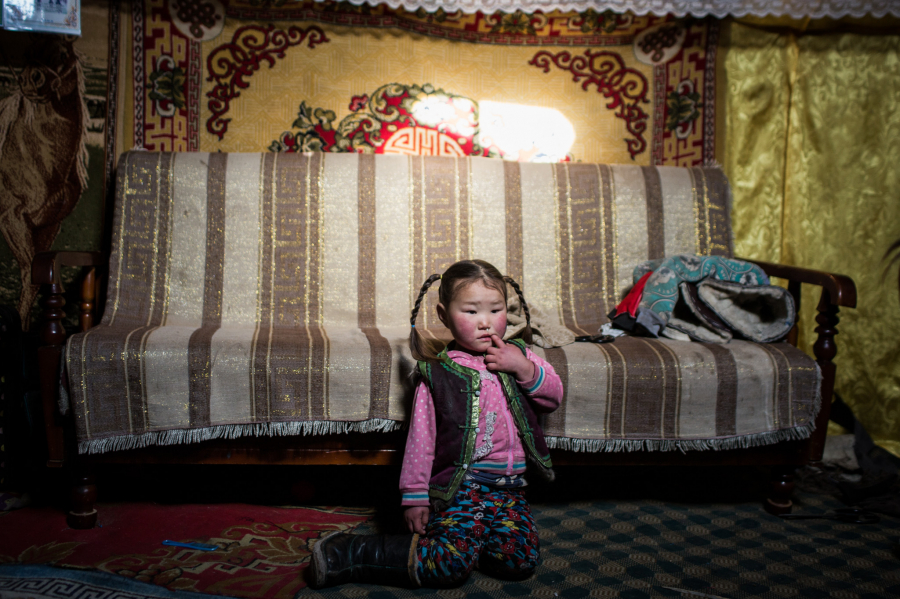

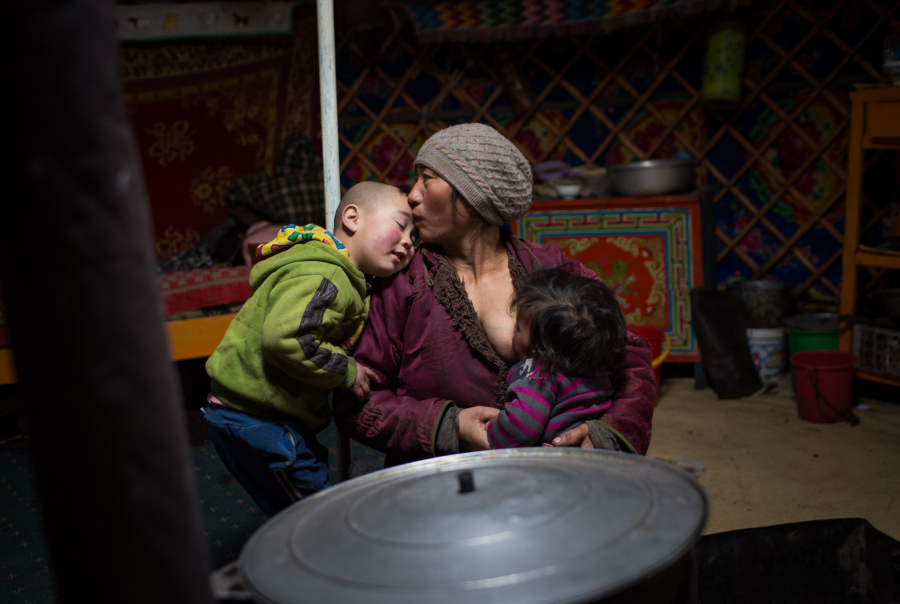


The round house style helpsgerInsulates against the relentless winds and helps distribute heat evenly from the wood-burning fireplace, the heart of the home both practically and spiritually.GerIt was designed to seat about five people for an hour, allowing families to move quickly with their livestock.
Share the difficulties
Horses are a particularly important part of Mongolian identity. With no fences or stables to keep them inside, domestic horses live in herds, moving freely from pasture to pasture. During the harsh winter months, their survival is a concern for many.
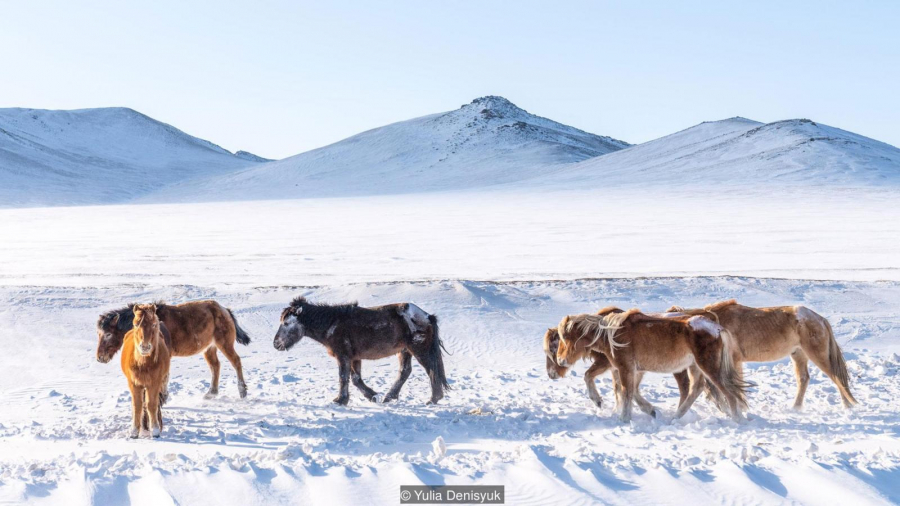
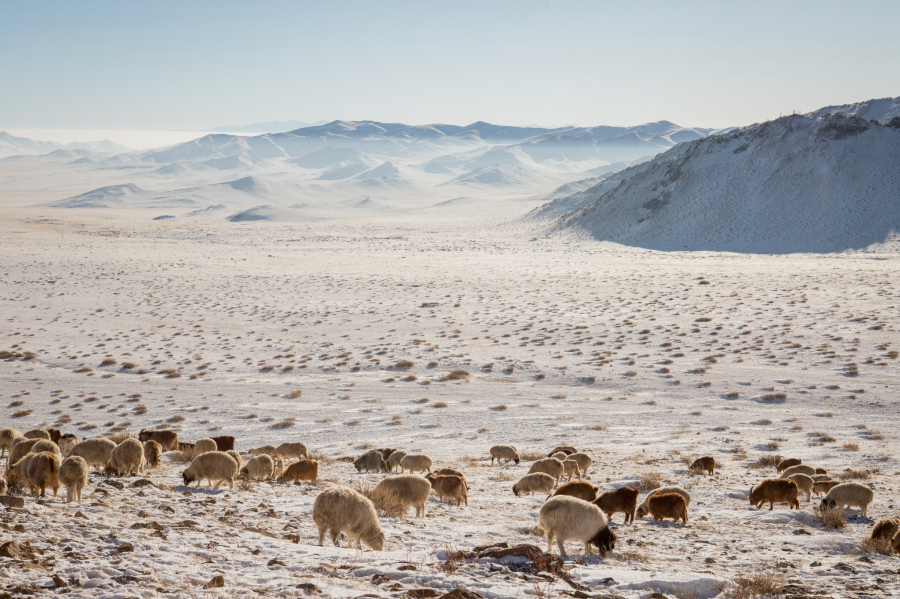


Weather conditionsdzuz- that is, summer drought and subsequent winter cold that drastically reduces the grasslands - used to happen only once every ten years or so, but lately it has appeared more frequently and more severely.
Come together
Despite the hardships they face, people still find ways to honor winter and celebrate their survival.

Every March, when spring arrives, Mongolians from all over the country travel to Lake Khövsgöl for the Khövsgöl Ice Festival. Getting there is no easy task. There are few paved roads, and most people come from far away by crossing bumpy, unmarked roads.
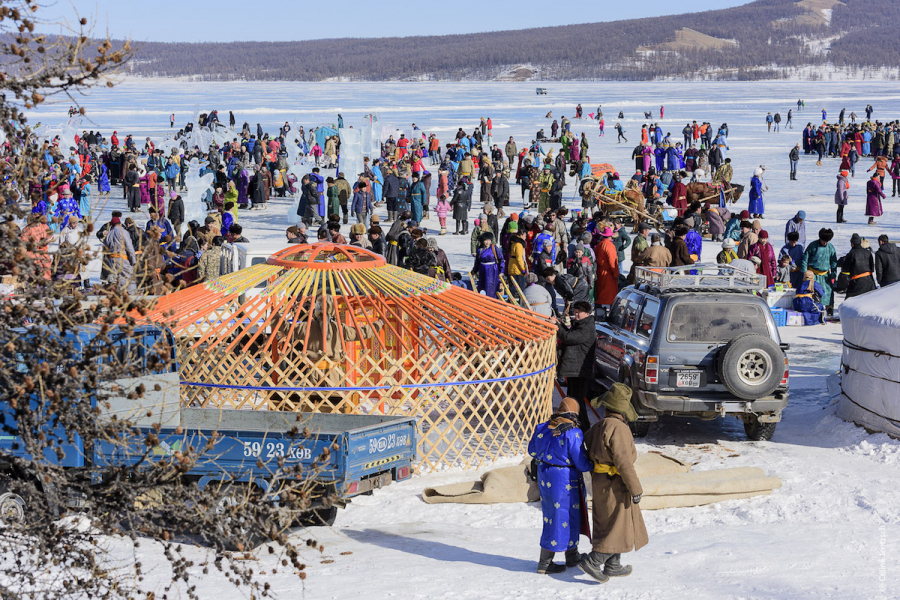
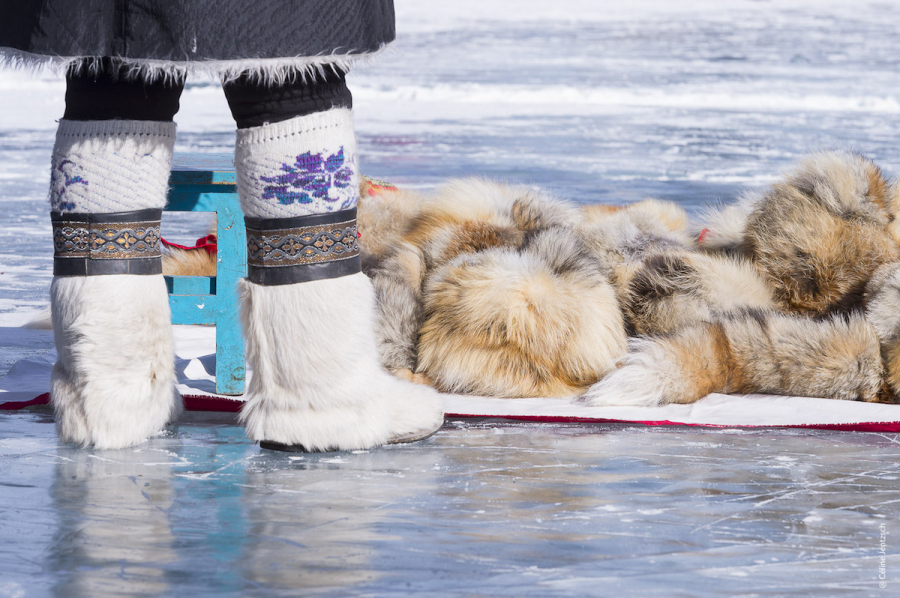
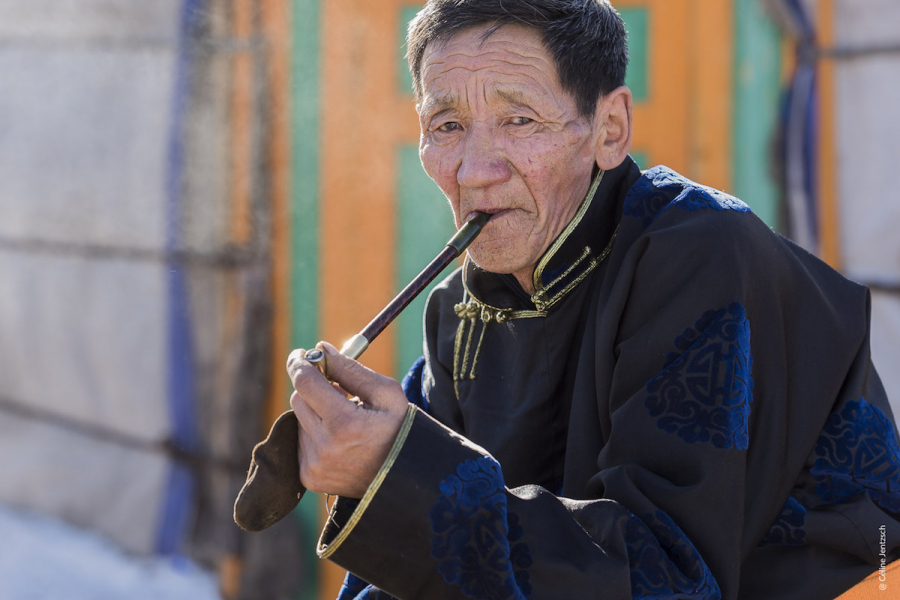
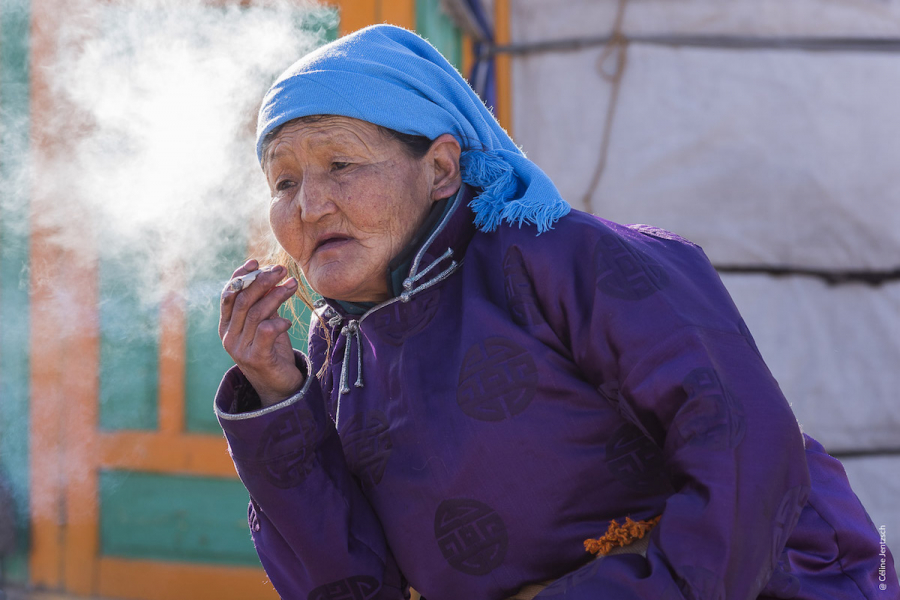
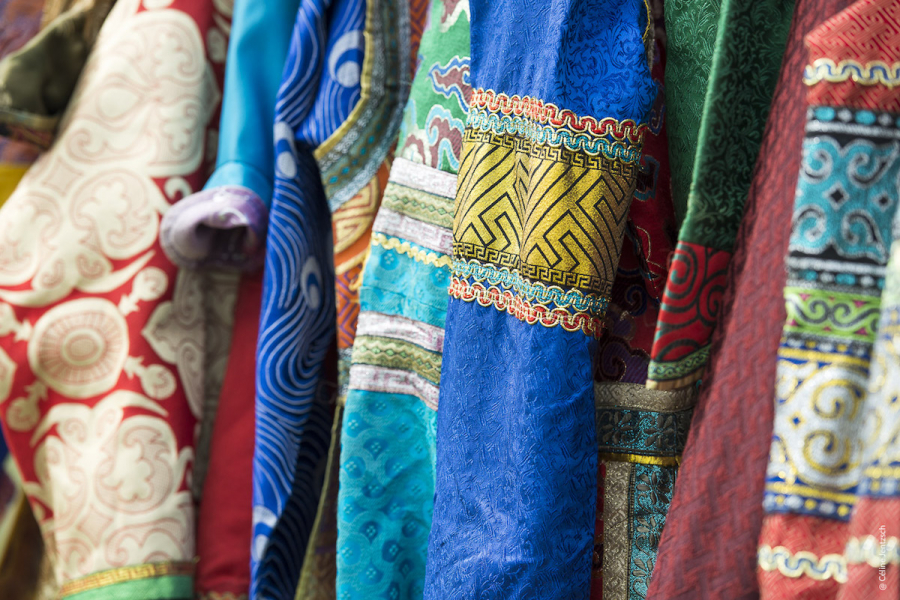
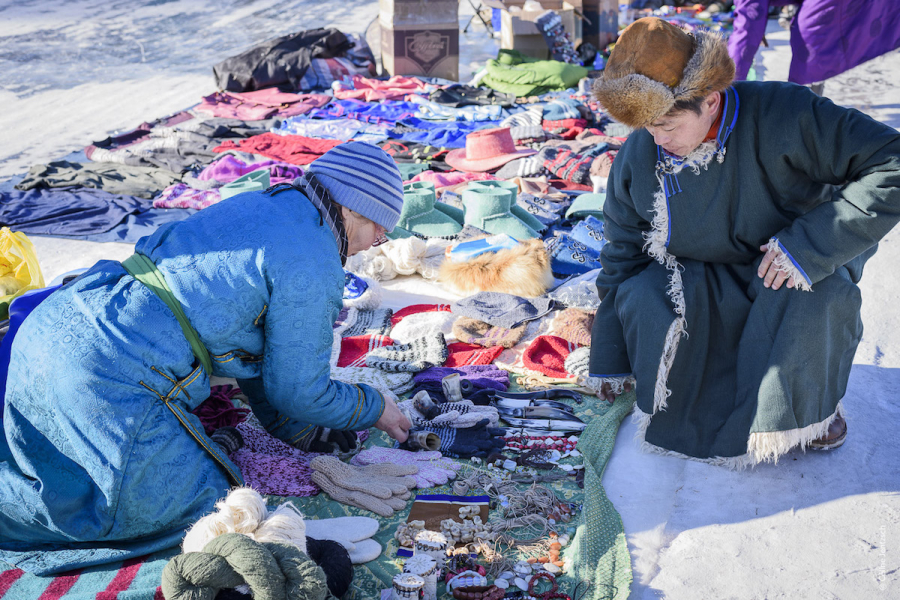
Bring a bottletsai- a mixture of water, milk, black or green tea, and a pinch of salt - and a packetkhuushuurFreshly fried (a type of meat pie), families gathered in the meter-deep frozen lake to celebrate the end of the most difficult time of the year.
Traditional games
The festival has become popular among tourists in recent years. Over the two days, people can observe and participate in traditional Mongolian games.
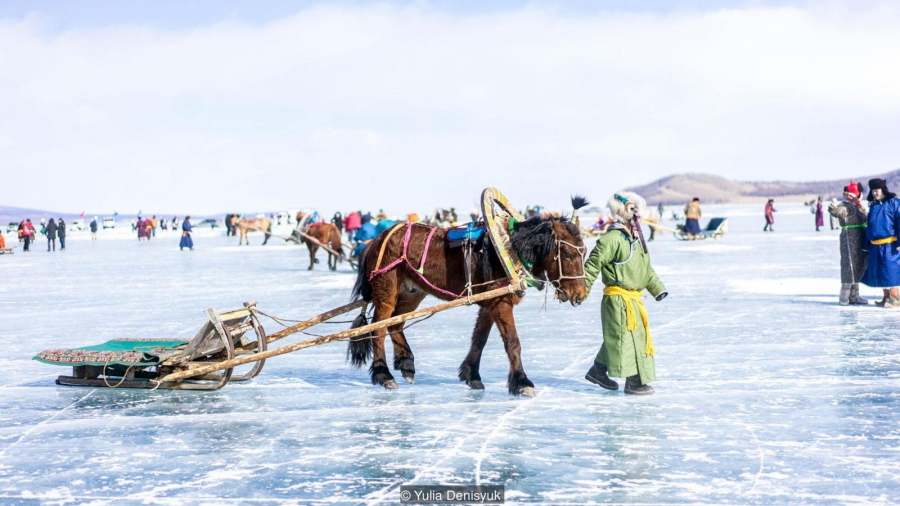
On the first day of the festival, horse-drawn carriages run back and forth across the frozen lake, and guests compete in traditional games such as tug of war and archery.

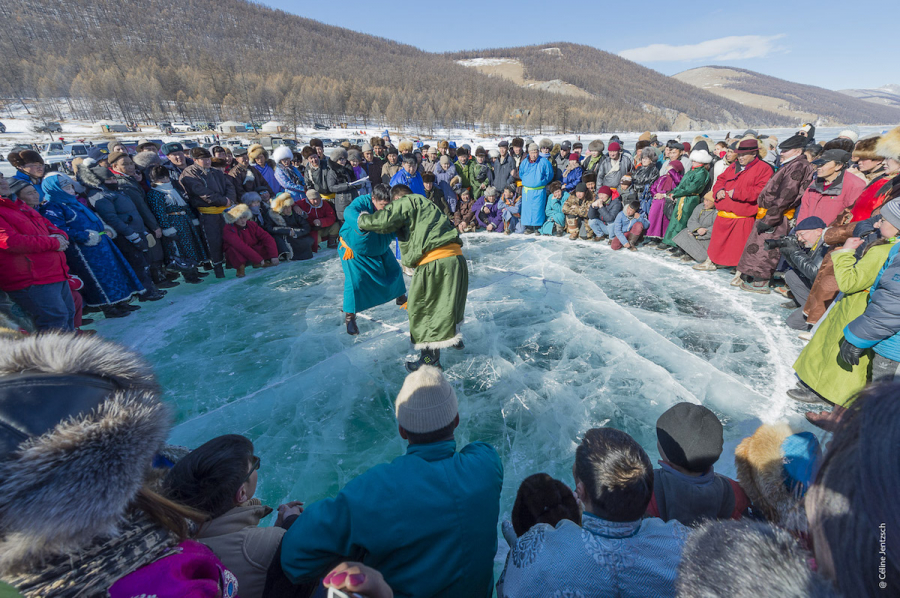
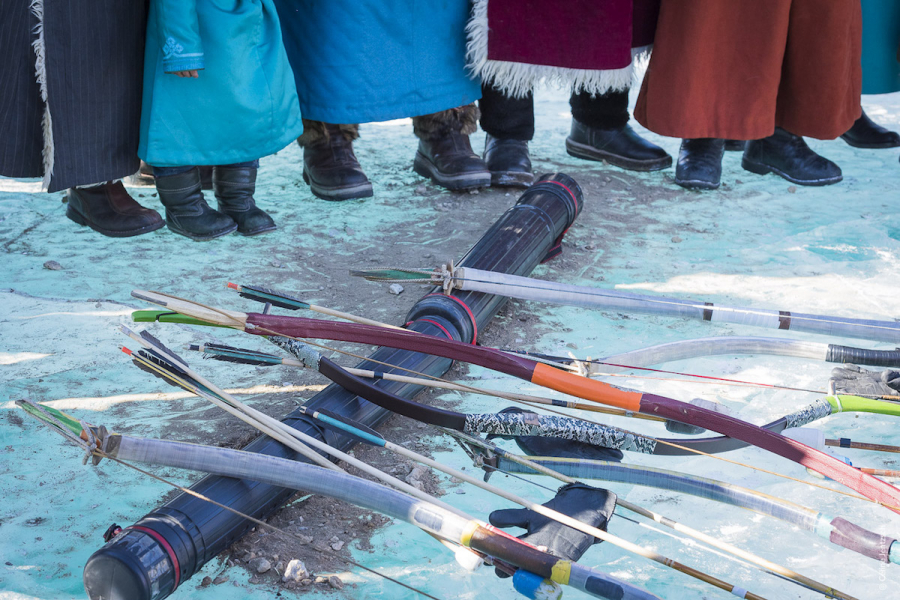

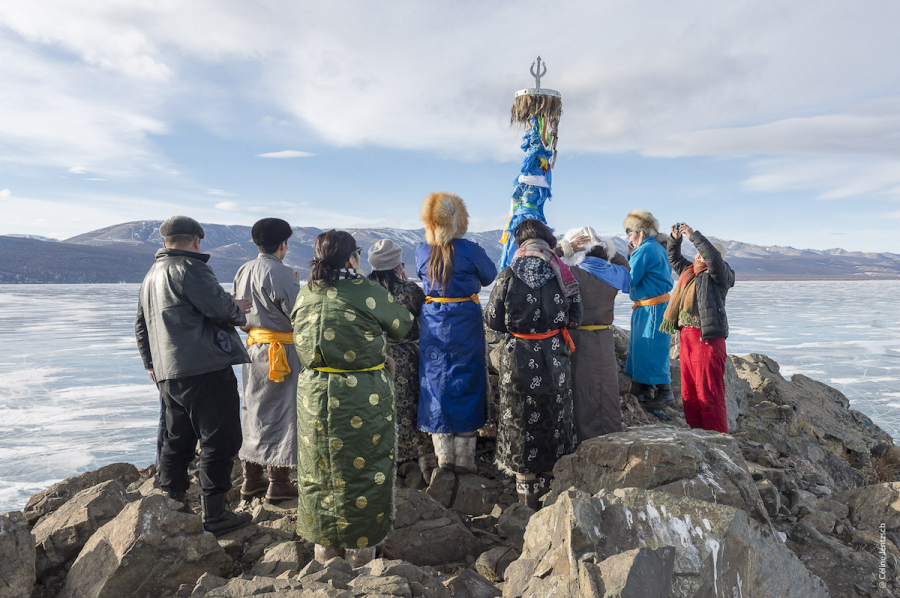
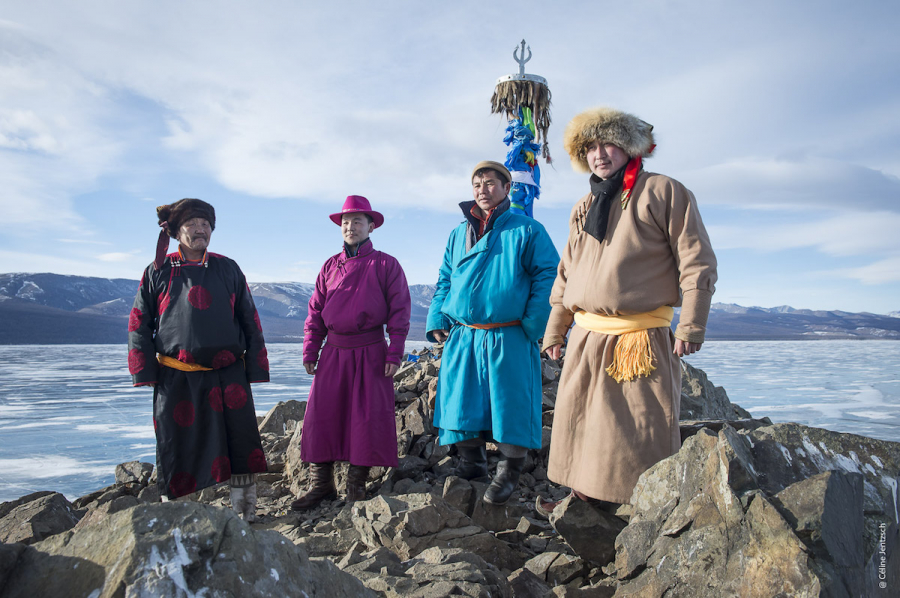
The second day is dedicated to major competitions such as horse-drawn carriage racing and stone carving.


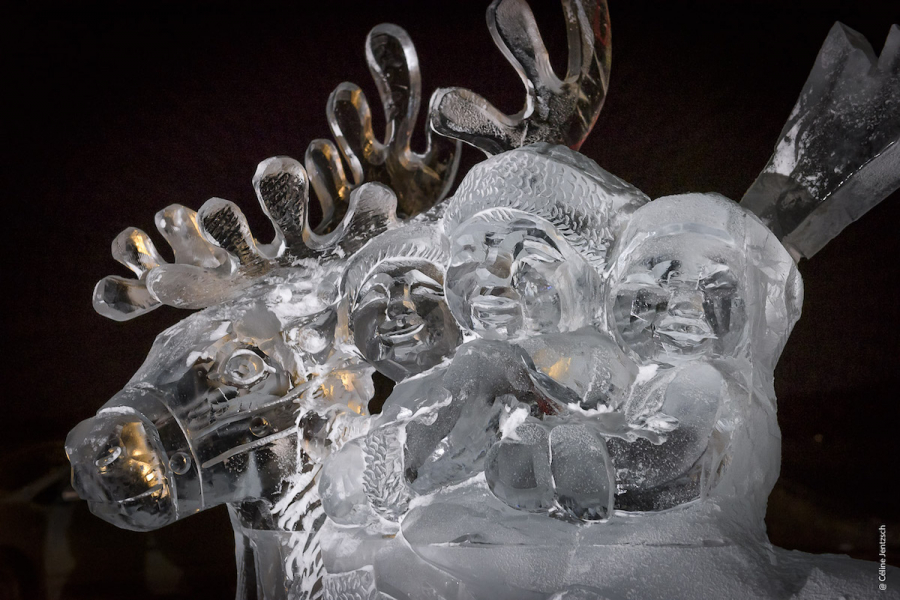
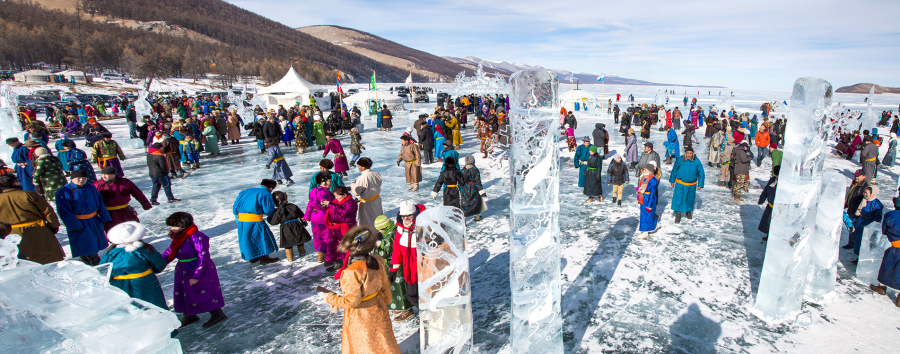
Celebration
From different provinces, from different tribes, ethnicities and religious groups, visitors come to live in thegerbuilt on and around the lake, together showing a deep appreciation for nature. Despite the many difficulties faced during the winter months, the general mood was cheerful.
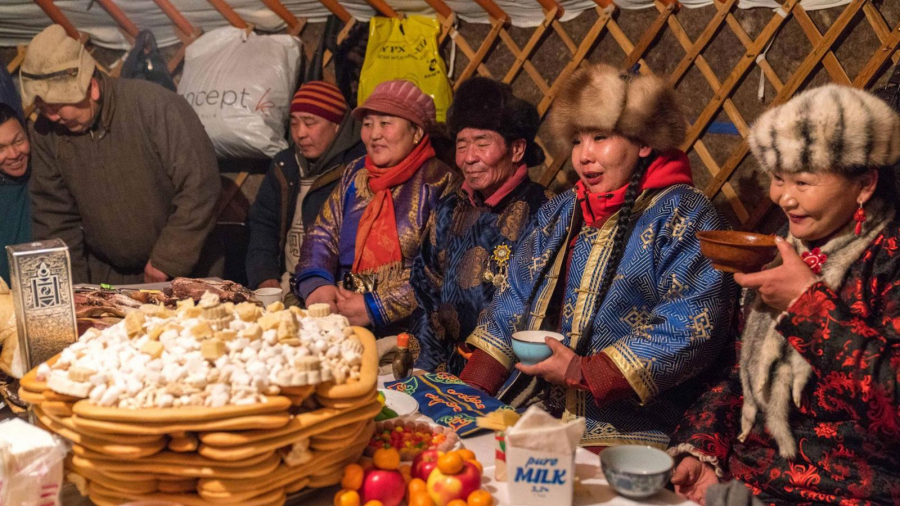
At night, before the shaman calls the crowd around the celebratory fire, attendees gather around tables filled with snacks such asaaruul(dried cheese curds) andboortsog(puffed dough).Tsaidisplayed in abundance with bowlsairag(fermented horse milk) for people to pass around to drink.
The night sky outside is cold, but the air is fresh.gervery cozy






